Chien-Hsiang Huang
HarDNet-MSEG: A Simple Encoder-Decoder Polyp Segmentation Neural Network that Achieves over 0.9 Mean Dice and 86 FPS
Jan 20, 2021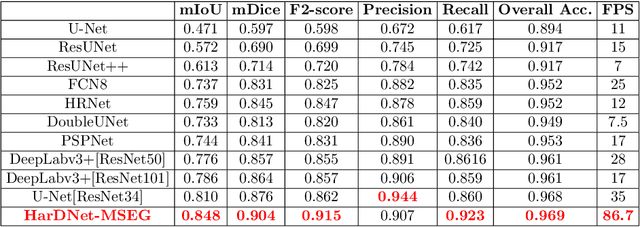
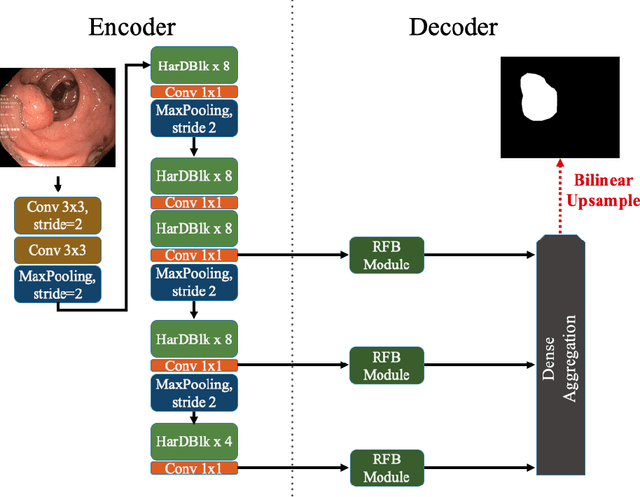

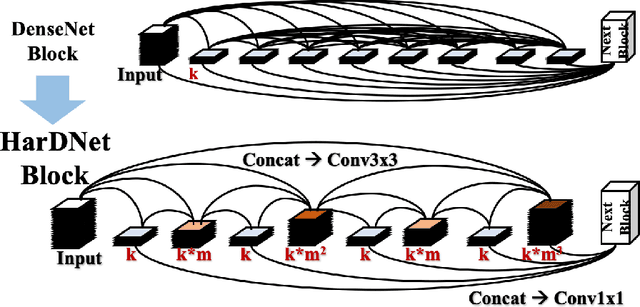
Abstract:We propose a new convolution neural network called HarDNet-MSEG for polyp segmentation. It achieves SOTA in both accuracy and inference speed on five popular datasets. For Kvasir-SEG, HarDNet-MSEG delivers 0.904 mean Dice running at 86.7 FPS on a GeForce RTX 2080 Ti GPU. It consists of a backbone and a decoder. The backbone is a low memory traffic CNN called HarDNet68, which has been successfully applied to various CV tasks including image classification, object detection, multi-object tracking and semantic segmentation, etc. The decoder part is inspired by the Cascaded Partial Decoder, known for fast and accurate salient object detection. We have evaluated HarDNet-MSEG using those five popular datasets. The code and all experiment details are available at Github. https://github.com/james128333/HarDNet-MSEG
HarDNet: A Low Memory Traffic Network
Sep 03, 2019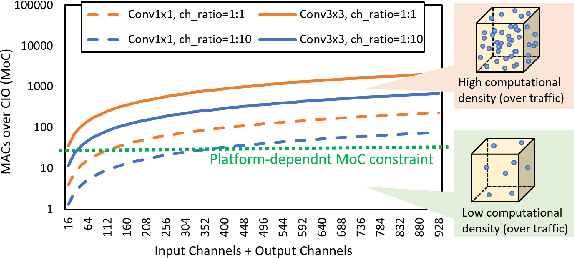
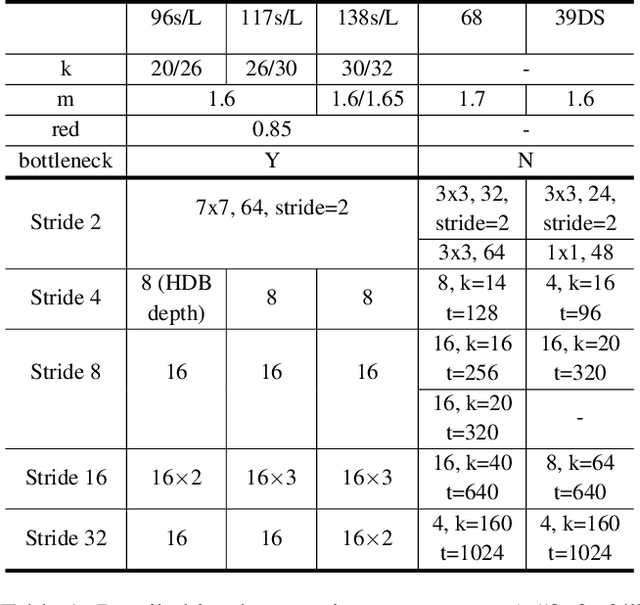
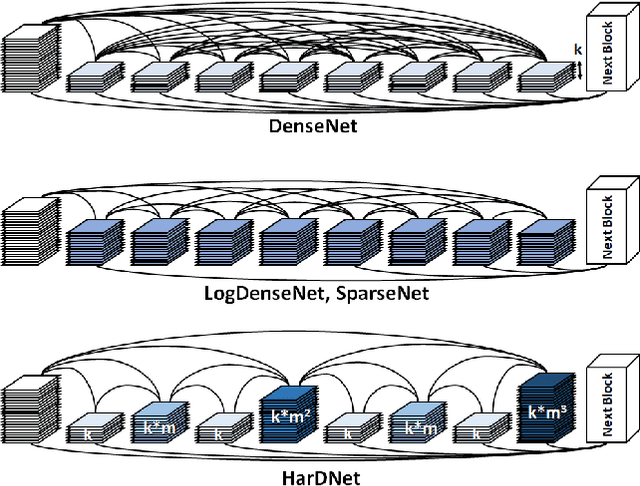
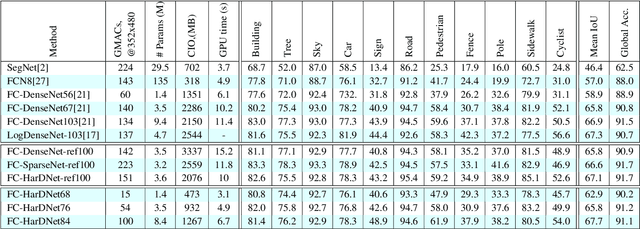
Abstract:State-of-the-art neural network architectures such as ResNet, MobileNet, and DenseNet have achieved outstanding accuracy over low MACs and small model size counterparts. However, these metrics might not be accurate for predicting the inference time. We suggest that memory traffic for accessing intermediate feature maps can be a factor dominating the inference latency, especially in such tasks as real-time object detection and semantic segmentation of high-resolution video. We propose a Harmonic Densely Connected Network to achieve high efficiency in terms of both low MACs and memory traffic. The new network achieves 35%, 36%, 30%, 32%, and 45% inference time reduction compared with FC-DenseNet-103, DenseNet-264, ResNet-50, ResNet-152, and SSD-VGG, respectively. We use tools including Nvidia profiler and ARM Scale-Sim to measure the memory traffic and verify that the inference latency is indeed proportional to the memory traffic consumption and the proposed network consumes low memory traffic. We conclude that one should take memory traffic into consideration when designing neural network architectures for high-resolution applications at the edge.
 Add to Chrome
Add to Chrome Add to Firefox
Add to Firefox Add to Edge
Add to Edge